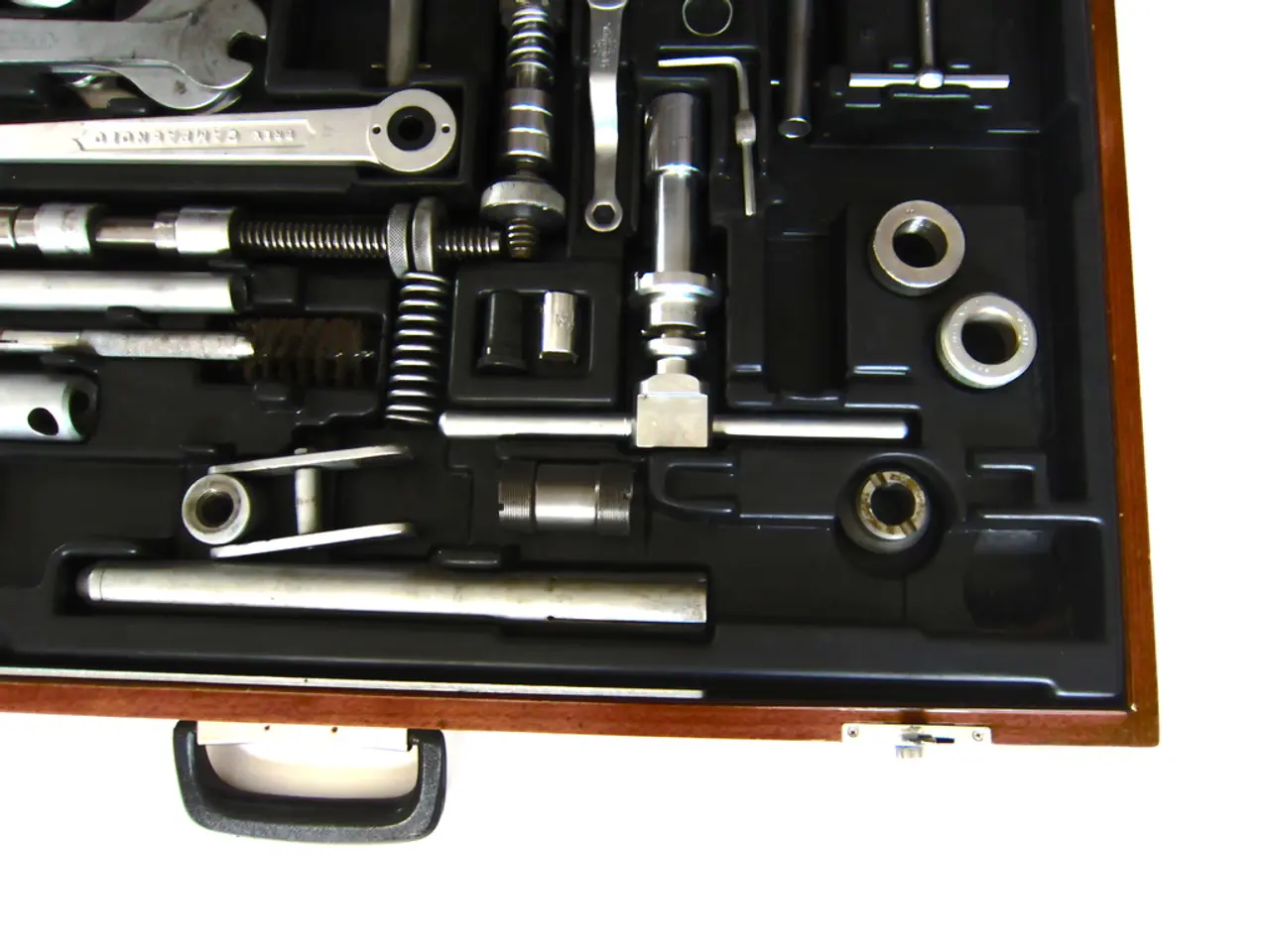Guide for Newcomers on Understanding Data Analysis Through Exploratory Data Analysis (EDA)
Exploratory Data Analysis (EDA) is a crucial step in the data analysis process, providing insights that help understand data sets before making predictions or modeling. Both Python and R are popular programming languages used for EDA, offering robust libraries for data visualization and statistical analysis. By following best practices, analysts can perform thorough, efficient, and reliable EDA.
Common Best Practices for EDA in Python and R
- Understand the Business Objective First Clearly defining the problem helps focus EDA on relevant features and questions, avoiding wasted effort on unrelated data.
- Data Cleaning Before Analysis Identifying and handling missing values, removing duplicates, correcting data types, and addressing outliers ensures the validity of the results.
- Use Descriptive Statistics and Summary Metrics Compute measures like mean, median, mode, standard deviation, and quartiles to understand data distribution and spot anomalies. In Python, use , and in R, use .
- Visualize Data for Deeper Insight Combine numerical summaries with plots such as histograms, boxplots, scatterplots, and bar charts to reveal patterns and relationships. In Python, use libraries like Matplotlib/Seaborn, and in R, use .
- Explore Feature Relationships Examine correlations and interactions between variables using correlation matrices, pair plots, or cross-tabulations to identify multivariate patterns important for modeling.
- Systematic Workflow with Reproducible Code Organize analysis workflow through scripts or notebooks, using version control and clear documentation for transparent reporting and sharing insights with stakeholders.
- Leverage Automated and Interactive Tools Use tools that streamline EDA, such as AI-assisted profiling in Python or IDE features like Positron for R, to accelerate pattern detection and data quality checks.
Specific Python Practices
- Start with importing key libraries (, , , ).
- Read and preprocess datasets carefully, handling header misalignment or improper formats.
- Use , , for quick data overviews.
- Visualize distributions and outliers using boxplots and histograms from Seaborn or Matplotlib.
- Use correlation heatmaps and scatterplot matrices to explore relationships.
Specific R Practices
- Use powerful visualization library for layered and aesthetic plots.
- Clean and preprocess data with and to reshape and filter data efficiently.
- Organize code in projects and scripts using IDEs like Positron which support formatting and exploration features.
- Emphasize clear presentation of plots and reproducible workflows aligned to analysis goals.
By applying these best practices, both Python and R users can perform thorough, efficient, and reliable EDA that sets a strong foundation for subsequent modeling and decision-making. Data cleaning, visualization, and statistical analysis are essential steps in the EDA process, and each tool offers unique advantages for specific needs. Investing time in EDA not only amplifies analytical capabilities but also enriches understanding of data's power in our lives.
- Data science plays a significant role in education-and-self-development, as the practices and techniques used for Exploratory Data Analysis (EDA) can help individuals gain profound insights into data sets, enhancing their ability to make informed decisions.
- Technology has evolved to include various powerful tools for data analysis, such as Python and R, which have become integral to lifestyle domains that require data-driven decision making, like business and research, through their reliable and efficient capabilities for EDA.







